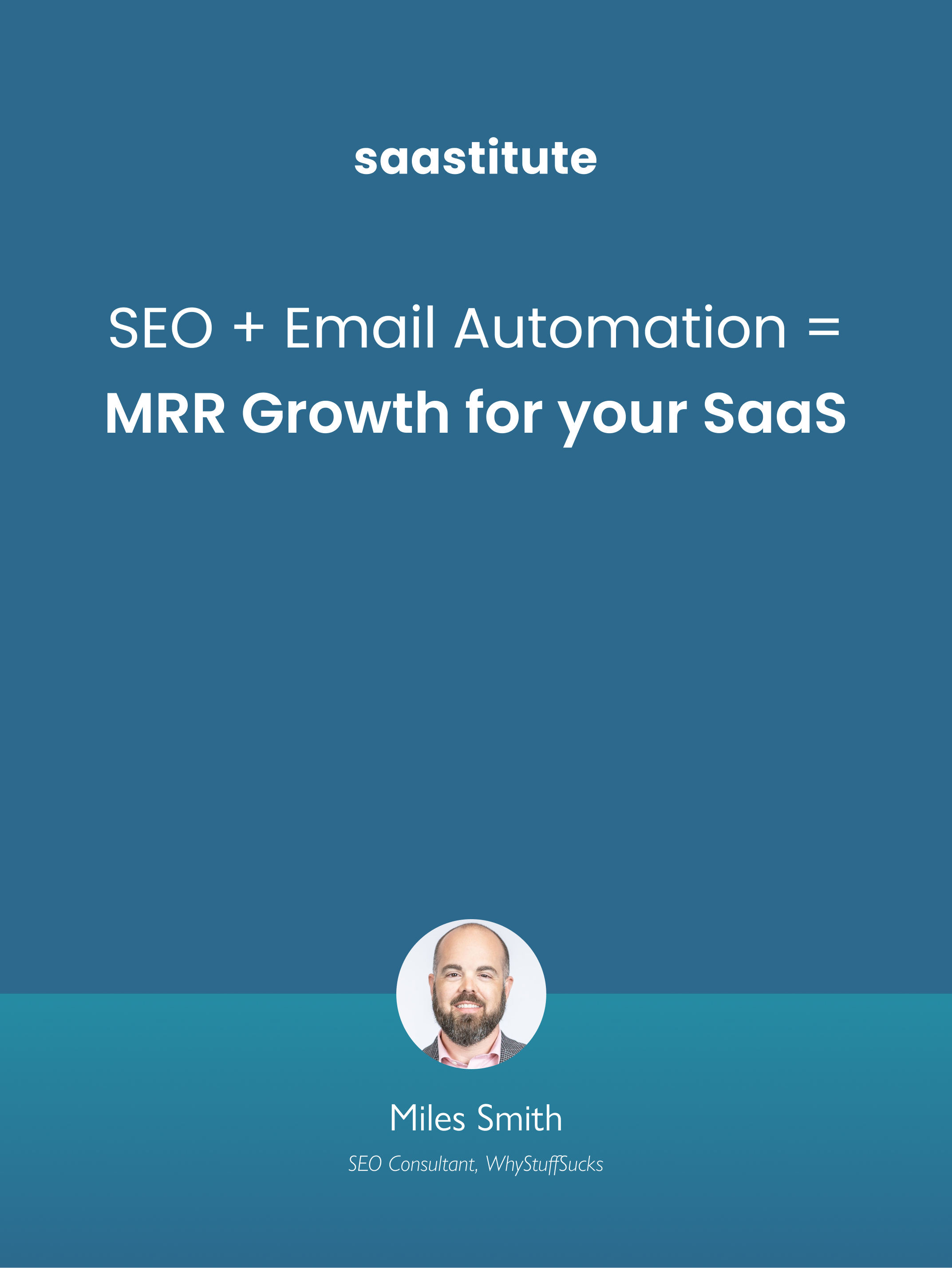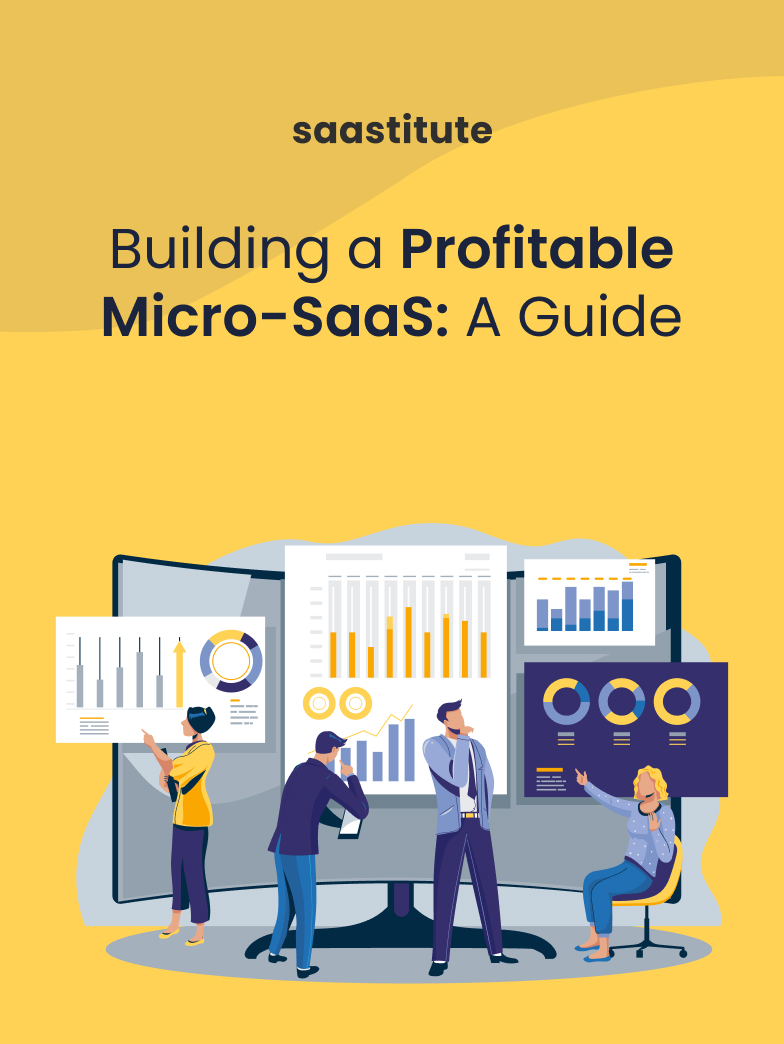9 Elements that Highly Converting Landing Pages are Made Up of
You can catapult your conversion rate success with landing pages designed to do so. Read ahead to know more.
.png)
As a SaaS marketer, you must’ve seen a fair share of landing pages. Some interesting, some enticing, and some flat out boring (too technical for their own good). Landing pages are highly purpose-driven. Meaning, unlike other pages on your website, the landing has one end goal which is aptly described by a CTA (Call to action). That is why landing pages are often called standalone web pages.
Are landing pages different from other pages?
This is a common question that people generally have. A landing page by definition is just a page where your prospects “lands” after they click a link anywhere on the internet or their socials. So wouldn’t your homepage qualify as a landing page?
Well, technically, yes. This term is used in Google analytics to mark the first page a visitor goes to on your site, or their point of arrival. But in marketing, we attribute this term to describe a campaign-specific page with Single CTA and no website navigation.

A landing page with a strong compelling copy and a decent design is a conversion machine. Now let's learn how to leverage this machine.
Must Have Landing Page Elements
1. Nail your ‘above the fold’
First impressions matter. Your ‘above the fold’ is not only your first impression, but sometimes the only thing your visitor might see. “Above the fold” refers to the upper part of your landing page. It's the part that is visible right when the visitor lands on your page (without scrolling down).You want to make your headlines USPs and CTAs are above the fold and very clearly visible for your visitors to see. Also, it's important to note that different screens have different resolutions which impacts how much of the page is visible to your visitors.
2. Keep it Relevant
Landing pages are supposed to be laser-focused. Your messaging here needs to match your visitor expectations. Let's say your prospect saw an ad promising a solution for mobile user retention. He clicks on the ad and lands on a mobile analytics tool’s page which helps him in understanding his users and increasing retention. Bingo! You’ve created a relevant page for a relevant visitor.
3. Your copy matters
Writing a compelling copy is an art. Takes a while to get a hang of it, but in essence, it's super simple. Elements like headline subtitles, and CTAs need your words. And if you can keep your choice of words relevant to your offering and keep it crisp, that's a good start.
A persuasive copy is generally not too long and is to the point. It tells you what it is about, tells you the benefits, and how to avail those benefits. Always read your copy from your customer's perspective. Is it sounding too salesy and meandering, it's not a good copy. Simple trumps smart. A very common pitfall is to create a copy with complex words. This is generally done in the pretense of sounding “Smart”. Your messaging should educate visitors but not patronize them. A good messaging is always the one that makes the customer feel smart.
4. Straight forward CTA
Your CTA is the cherry that completes your cake. It is generally a button or form that helps your visitors to complete the page’s goal. The purpose of CTAs is always to support the act of converting.
Your conversion goals may vary based on your campaign. And your CTA should reflect that. A good CTA will always make sure your visitors know what they are supposed to do on the page. Write relevant micro-copy for your CTA’s. Words, like “Read on” and “Learn more”, have become used and abused, make sure your CTA stands out from the crowd and inspires action.
5. Use the scarcity technique
“FOR LIMITED TIME ONLY!” “GET IT TODAY!”
We are sure you have heard or seen these phrases before. Marketers love using techniques to create scarcity and urgency in their value proposition. Scarcity compels your prospects to take action or else they might miss out.
When you see “Only 1 item left in stock” - You know you have to move fast or else you lose out on the product. There are many more scarcity techniques that can be used. But make sure to not abuse it and risk losing trust.
6. Testimonials for Social Proof
No one wants to be the first omelette in the pan. People are generally very skeptical before trying new things. To establish trust you need to create assurance that others have indeed used your product and in fact, liked it. Testimonials show proven value. Testimonials are basically digitized word of mouth. Create trust by using customer reviews and ratings on your landing page and see your conversion rates soar through the roof.
7. Mobile and Site speed
Mobile and Site speed are the pillars of the modern marketing scene. Make sure your page is optimized for mobile devices and loads up quickly irrespective of the device type. Your page's load time directly impacts bounce rate. According to Pingdom, the average bounce rate for pages loading within 2 seconds is 9%. As soon as the page load time surpasses 3 seconds, the bounce rate soars, to 38% by the time it hits 5 seconds!
8. Thank You Page
Thank you pages have started becoming an afterthought but it's more than just pleasantries when you're selling something online. A thank page creates an opportunity for you to direct your visitors to other relevant content on your website. It could be a blog that gives further context on the product, another related product that can further help the customer, or even the link to navigate to the home page so they can browse and discover the interesting parts of your website themselves.
9. Bonus: An exit Pop up
An exit pop-up is less intrusive than other pop-ups on your page and appears on the screen of your visitor when they are leaving the page. Now, this one’s a little controversial as some say an exit pop-up just increases friction in the buyer's journey and creates a bad last impression.
But the truth is It’s just another tool in your arsenal, if you use it well An exit pop-up’s conversion rate can average around 3.09% which isn’t too bad. However, a well-designed pop-up with a compelling copy can top it to 10%. And that’s a LOT!
The trick is to be relevant. Yes, it’s that simple! As long as your wording is relevant and inviting, your exit pop-ups won't create friction. Just make sure to not sound clingy or annoying.

And make sure to add a delay before the pop-up is triggered. Because you only want to interact with people who have actually interacted with your landing page for a while.
Parting Thoughts
Landing Pages are great for your conversion efforts. And if you can use these elements on your page you can greatly increase your conversion goals. The only one key takeaway would be to keep your messaging relevant.
One of the biggest benefits of landing pages is that they are easy to make. Builders like Unbounce and Ucraft among others have made building landing pages a breeze.














.svg)


